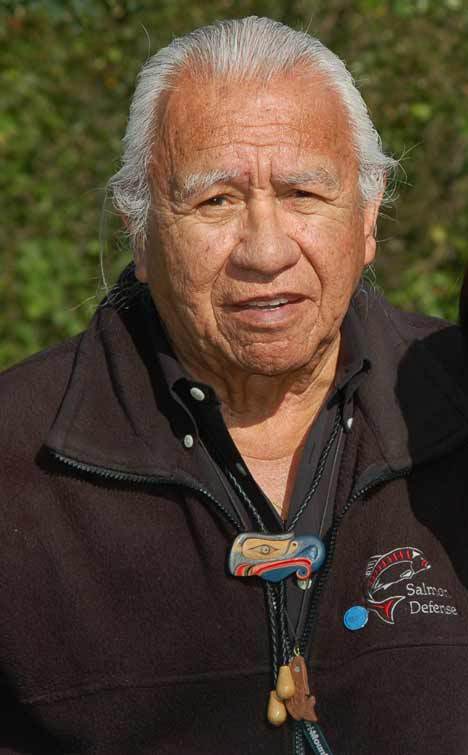We’re starting to see some light on the horizon when it comes to restoring salmon, and we have good management to thank for it.
For the first time in nearly 25 years, the Stillaguamish Tribe was able to harvest a chinook from the Stillaguamish River for a First Salmon Ceremony.
Sport fishermen on the Skagit River are getting a crack at summer and fall chinook for the first time since 1993.
For the past two years, the Puyallup Tribe of Indians has opened special “elders only” fisheries for spring chinook, the first harvest of these fish by the tribe since the 1980s.
These fisheries are small – the Stillaguamish Tribe is expected to take fewer than 20 of the 1,000 chinook returning to the river’s north fork – but they are no less important. Each fishery is a testament to strong, sound co-management by the treaty Indian tribes and State of Washington.
We’ve been ramping up hatchery programs to make sure wild stocks on the edge of extinction don’t disappear. The Muckleshoot Tribe’s White River Hatchery provides a great example. The hatchery opened in the late 1980s in response to spring chinook returns as low as 30 fish. With help from the state and the Puyallup Tribe, the program has resulted in as many as 6,000 fish returning each year.
But despite the ground we’ve gained, we are losing habitat faster than we can restore it.
I wish I was talking about hundreds of thousands of fish coming back to our rivers every year. All of the numbers I’ve shared with you are small for a reason: we’ve failed to take care of the salmon’s home. We’ve limited our fisheries and sharpened our hatchery programs, but the march of habitat destruction continues.
Since the 1970s, the total amount of impervious surfaces – things like roads, parking lots and roofs – in the Snohomish watershed has nearly tripled. This is the nastiest kind of habitat destruction because it changes the way water flows, causing flooding and killing more salmon than an army of fishermen ever could.
Instead of balancing our region’s catastrophic growth on the back of salmon, we need to turn the corner and begin restoring more salmon habitat than we destroy every year.
Salmon recovery begins and ends with good habitat.
— Billy Frank Jr., Nisqually, is chairman of the Northwest Indian Fisheries Commission. Commission members with ties to the San Juan Islands include the Lummi Indian Nation, Swinomish Indian Tribal Community, and the Tulalip Tribes.




